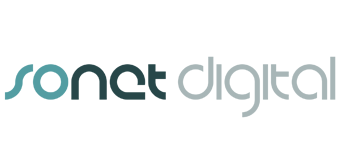
Understanding Website Usability Testing
Once many if not all of the site pages have been constructed the need for usability testing will arise. Indeed, limited testing would likely have already taken place as the path between vision and goal progressed. Larger, more prestigious or mission critical websites and applications will be submitted to rigorous usability testing with perhaps hundreds of testers exploring the site and its functionality.
Such testing – whether by 5 or 100 users – will exhibit weaknesses in design and implementation, or areas of navigational confusion. Problems with interactivity may come to light or disparities across web browsers may be revealed. It is important the developer mark the distinction between usability challenges resulting from poor programming and those inherent in the design; from a commercial perspective the latter and their attendant revision costs would likely be borne by the client since they should have signed off the design and functionality in an earlier approval document. There will be instances where the developer must adopt responsibility for correction where, for instance, links are inconsistent or the browser’s back button fails to return users to the prior page, or core elements are only revealed below the page fold (below the bottom of the visible screen on longer pages requiring visitors to scroll down). Another common usability failure is insufficient explanatory text for a user to engage profitably with an interactive website feature, or simply omission to indicate mandatory fields on an input form.
Usability is mostly commonsense – yet only so once experience has set guidelines, and with the proliferation of new multimedia technologies, something which often must be aligned with the cultural mindset; the first remote control for video caught out many adults!
Accessibility
Like usability, accessibility deals with the ease of use of a website; moreover, it deals with prevention of the introduction of barriers hindering or preventing people from using a website to the full. For the purposes of this article accessibility means making best efforts to ensure the website is usable by as wide an Internet audience as possible. This means through a range of browsers on a variety of computer operating systems on a diverse range of platforms – desktop, portable, notebook, tablet handheld PCs, mobile phones, satnav, etc. – whilst embracing users with disabilities or slow connection speeds.
Immediate examples of accessibility compliance are the use of ‘Alt’ text accompanying images of significance, separation of links with appropriate delimiters, scaleable text … generally, compliance with Web Content Accessibility Guidelines.
